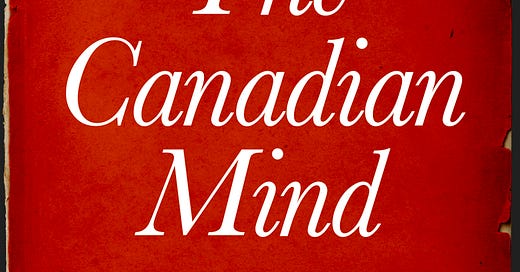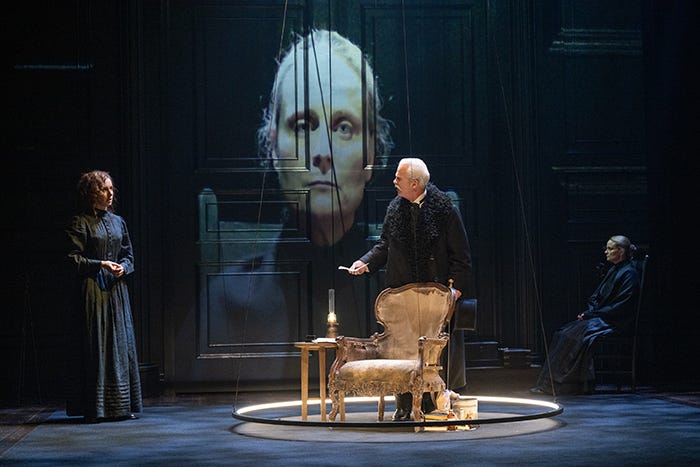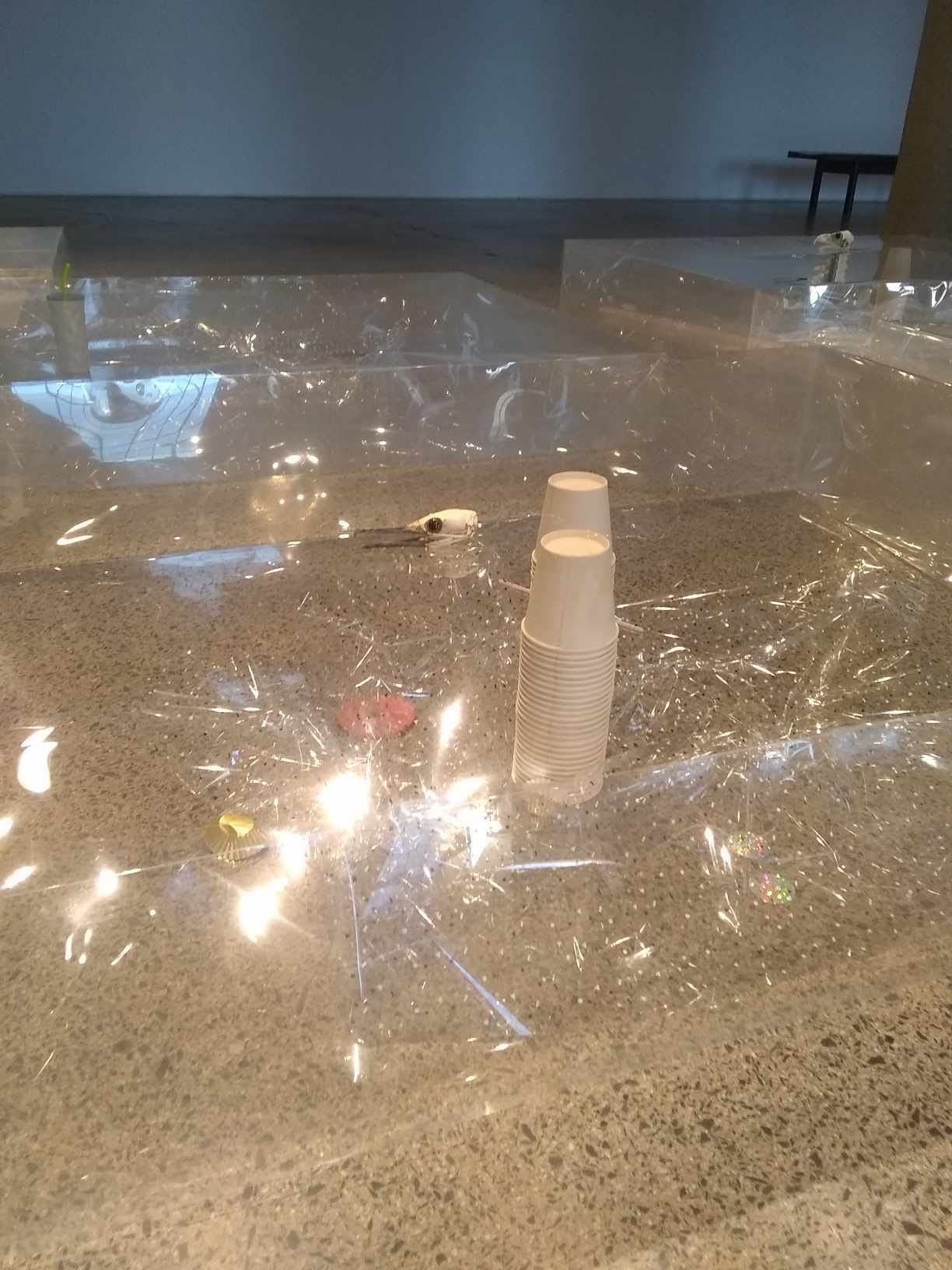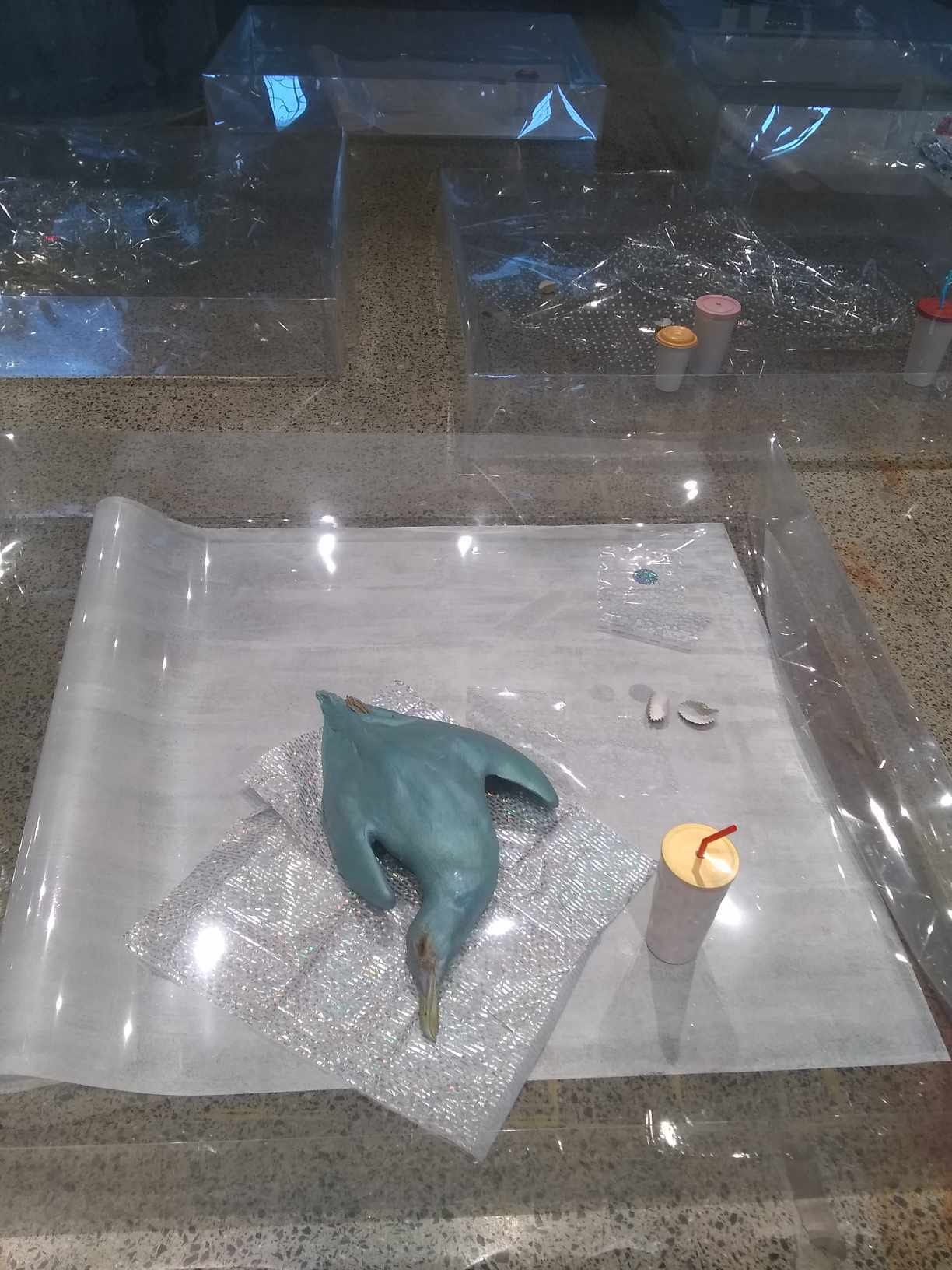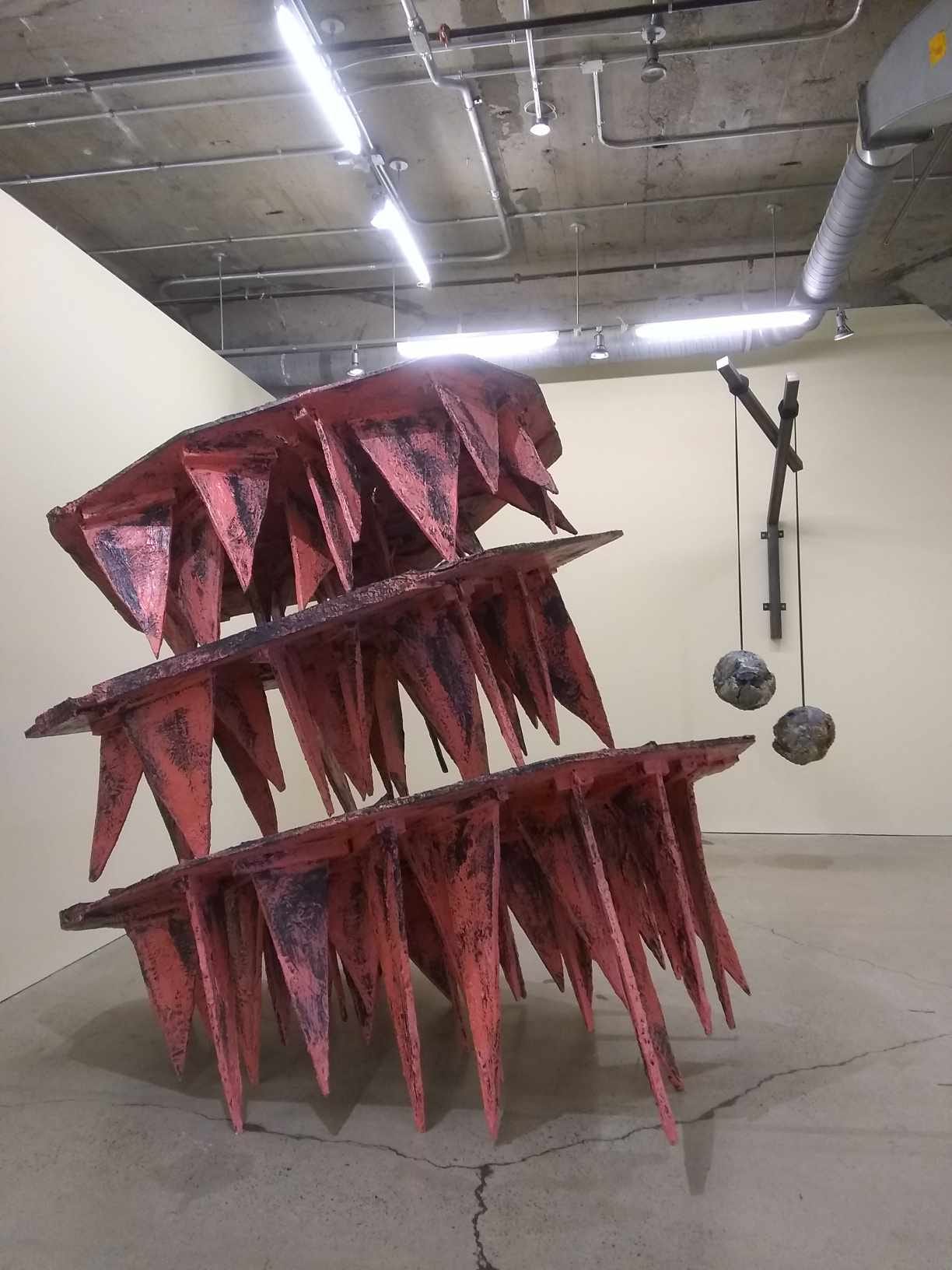Fall and sundry
A few things to kick off the autumn season.
Both statements are true at the same time: 1) I am thrilled that a book like this is published; more of this, please, and 2) I enjoyed but didn’t love the writing. The Canadian Mind (a somewhat overpromising title) is a collection of essays by Andy Lamey that engages with criticism of John Metcalf and Stephen Henighan, political theory of Will Kymlicka and Charles Taylor, and the writerly and political opus of David Frum. It reconsiders a book of Canadian history by Conrad Black, analyzes a short story by Mavis Gallant in the context of how France dealt with the memory of its own (in)action during WW2, and looks at the strategies of the 1960s-70s literary nationalism in Canada. Finally, it mounts a very careful defence of Joseph Boyden’s Orenda, and his and anyone’s right to write characters across ethnic lines – under certain circumstances.
‘Under certain circumstances’ alas could be adopted as the sub-title of the book, as the writing is very cautious, almost fearful at times. Certain recent progressive values are used undefined and unquestioned (the term ‘decolonization’ for example in the Orenda chapter appears in passing as a term that doesn’t need defining, as if we all know what it means, and is, surely we all agree, a good thing). Many of the essays have been published years ago, and although I expect they’ve been edited since, they do show their age. The book is a good overview of past discussions about Canadian liberalism and nationalism - until about early 2010s. The last decade and particularly last five to seven years have changed so much so fast, notably the radical illiberal turn of the progressive, left and left-liberal wing in the angloworld, and the return of race and ethnicity as a driving force of political contestation on the left and in literary analysis. Criticizing David Frum’s historical revisionism of the Bush era is all well and necessary but David Frums neither run the White House nor the PMO, nor do they dominate the media and the academe. (That chapter, too, deserves an update. Mohammad Slahi, whose extrajudicial detention in Guantanamo Lamey describes in the piece, is now suing the Canadian government for its role, we’re talking the Chretien era, in his eventual arrest by the US. You may remember some previous high-profile detainees, Maher Arar and Omar Khadr, each winning $10M+ from the Canadian government.)
The Will Kymlicka and Charles Taylor chapters are excellent introductions to each thinker and this is exactly the kind of refresher and constructive criticism pieces Canadian publishing should be producing. I expect most Canadians today have no clue who these two are. They will have heard of Jordan Peterson, however, probably the most influential thinker currently from Canada, a phenomenon which absolutely deserves an incisive and sober look-into. If Lamey can bear wading into those murkier waters.
The Metcalf and the Henighan chapters too perform important public service: they will tell Canadians about critics worth reading and knowing about, who have been influential in national literary conversations. Each chapter is also civilly critical about the two critics, and it takes them seriously as public intellectuals. Again, something you rarely see in Canadian publishing.
Few anglophone Canadians will have read Dany Lafferiere, who is now a French academician, and Lamey provides a good intro and gentle critical engagement. I found the chapter on the early days of Canadian literary nationalism, which opens the collection, also useful; I had no idea Atwood once argued that those who didn’t have the experience of growing up in Canada have no business claiming they write Canadian literature (her view has since changed, of course). I think it’s a serious idea, originating back when serious ideas that may displease some freely circulated in this country’s cultural life. But aside this bit of local-patriotismus that I admire retroactively, a lot of how cultural nationalism operated first time around is not a model to be emulated. Or perhaps Lamey tends to document its most parochial and blind excesses, primarily? After all, the old nationalists created a lot of institutions that still exist today. But he is roughly right: the way they did it first time around won’t be adequate today. National literature and political thought will have to be sustained in a different manner. Or, when needed, eclectically: keeping some useful bits from what the olds did, combined with our own practices. Lamey says as much.
Those are the book’s strengths. But its avoidance of some the most contentious issues of today’s Canada is its other side. Lamey finishes his chapter on Kymlicka by introducing indigenous sovereignty issues with Dale Turner’s criticism. “According to Turner, most existing theories of minority rights are unsatisfying because they view the Canadian state, but not indigenous nations, as possessing sovereignty. This is not how indigenous people themselves conceive of political authority.” There’s been an upsurge of indigenous activist contestation in the last seven years which aims to recontextualize Canadian history, land treaties, ceded and unceded territories, pipelines and resource extraction, and many other things, notably the monopoly of violence of the one and unified state. This is where the conversation only starts in 2023, but this is where Lamey ends it in his book.
It’s as if Lamey is bringing a great pie recipe (while wearing a bow-tie) to a pie throwing contest in progress. And very late in the match too, when the lines are long drawn and everybody’s covered head to toe in fondant and sponge and custard. He’s just looking a little too good in that bow-tie, you know?
The Canadian Mind is out on October 10 in all good bookstores.
Last call: Shaw Festival
Last week to catch Edith Wharton’s The Shadow of a Doubt at the Shaw Festival. The piece is a ponderous, complex, novelistic number about a woman wronged and her role in her closest friend’s assisted dying. I expect it’s a beautiful play to read, but it needs a tighter direction than the one Peter Hinton gave it with this indulgent, slow-burning production. (“And who the hell was Willoughby?” you will ask yourself as you give up on keeping track of discussed side characters.) The assumed fake British accents that all the characters take pain to maintain won’t help either: few actors say their lines smoothly, as if it’s something that just occurred to them: there is much too much declaring. Tara Rosling’s Lady Uske is an exception, and Katherine Gauthier’s Kate does win you over as the main character’s fate takes the turn for Verdi's Traviata.
Museum of Contemporary Art: Liz Magor and Phyllida Barlow
Liz Magor is one of our best sculptors but The Separation at the MOCA just left me… mildly intrigued, at best. It’s a spread of mylar boxes containing used party cellophane, bits of packaging and gypsum-made cups made to look like discarded coffee and smoothie containers. The odd one will contain a dead bird made of polymerized gypsum and a bird skull or three with shiny plastic eyes. There are sculptures of dead animals around - made to look like work in progress – and hanging light fixtures with toy monkeys. Is this, half-heartedly, about plastics killing the ocean life? The vast industrial room feels empty, more than anything. “The contents are faint,” tells us the didactic panel, “mere scraps and remnants of formerly desired and vital things. The containment holds objects in suspension,” it continues, “offering them a last chance to be considered and re-evaluated.”
Stronger emotions will be provoked by what you see through the window at MOCA: a fast developing area, with new buildings of lofts shooting up left and right. Imagine living right next to MOCA, in a fancy loft? Reveries…
Phyllida Barlow’s clunky monsters will cheer you up on your way out:
On the agenda for Oct-Nov:
Heroes of the Fourth Turning at the Crow’s.
Masterplan: I managed to get a ticket for the very last performance. It’s been selling like a Taylor Swift concert.
Withrow Park at the Tarragon.
